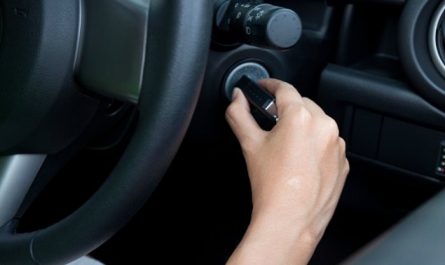Introduction
Check Fuses are essential parts of any motorcar’s electrical system. They act as security devices developed to protect your motorcar’s electrical circuits from overloading and short circuits. If you have ever experienced electrical problems such as malfunctioning lights, power windows, or audio systems, a fuse may be blown. Understanding how to scan and replace a fuse can protect you both time and cash, assuring your car stays in top condition. This article will guide you through the procedure of scanning a fuse in your car, from understanding its purpose to changing it perfectly.
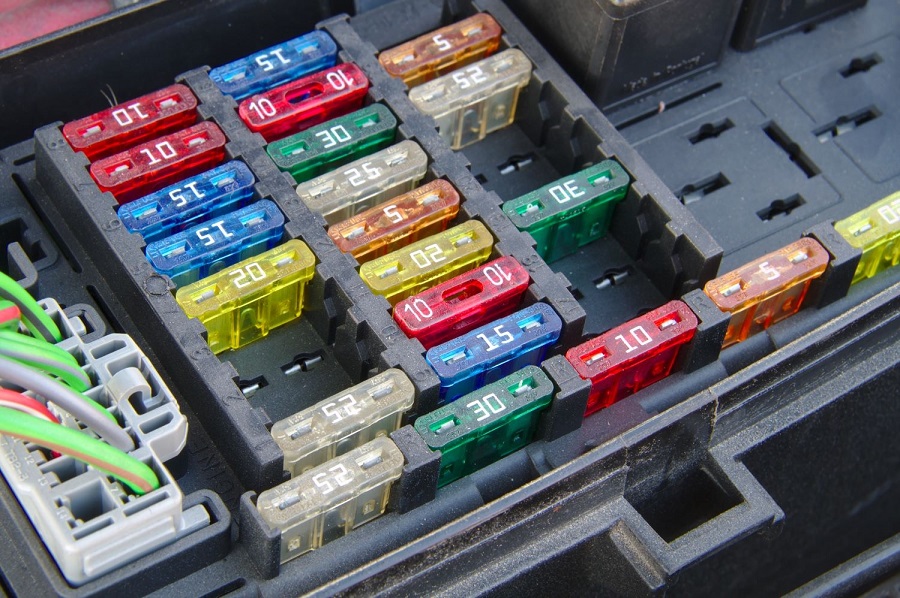
Understanding Car Fuses
Before diving into the checking procedure, it’s important to understand what a fuse is and how it performs. A fuse is a little, cheap component made of metal that is created to damage or “blow” when too much current flows through it. This step stops the electrical flow, stopping damage to other parts of the circuit. Motorcar fuses are normally located in fuse boxes or fuse panels, which can be located in various areas of the car depending on the make and model.
Types of Fuses
There are several types of check fuses used in vehicles:
Blade Fuses: These are the most standard and are typically used in current cars. They have a plastic body with two metal prongs and reach in different amperage ratings, usually marked by color.
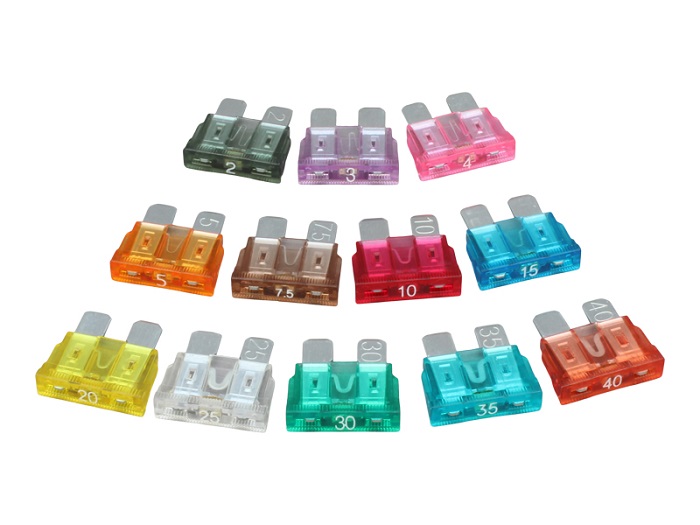
Glass Tube Fuses: Older cars often utilize glass tube fuses. These are cylindrical with a metal filament inside. When the filament cracks, the fuse is blown.
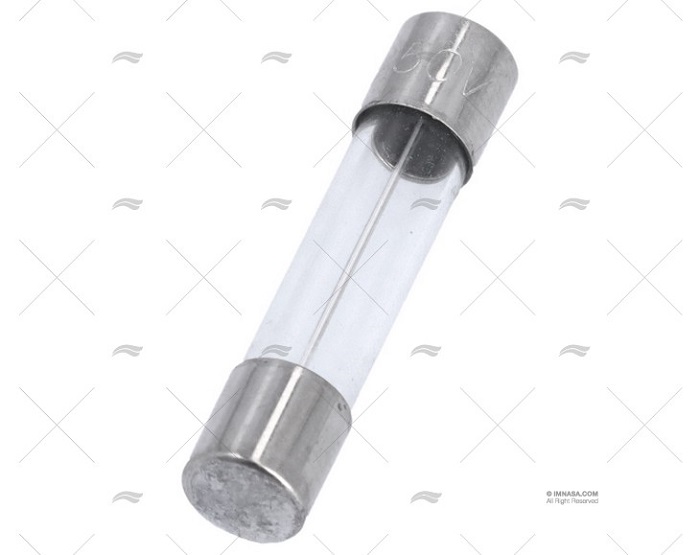
Ceramic Fuses: Equivalent to glass tube fuses but more powerful. They are usually located in more aged cars or heavy-duty automobiles.
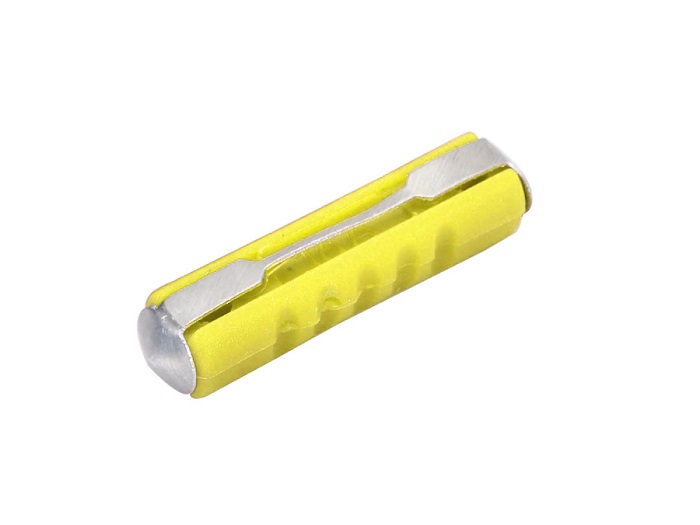
Circuit Breakers: Some automobiles use resettable circuit breakers rather than conventional fuses. These can be reset once tripped, unlike fuses that require to be replaced.
Locating the Fuse Box
The first step in studying a fuse is locating the check fuse box. Most automobiles contain two fuse boxes:
- Under the Hood: This fuse box is usually located near the engine compartment. It is usually marked “Fuses” or “Fuse Box” and is normally housed in a plastic or metal chamber.
- Inside the Car: This b compartment is usually found under the dashboard, to the side of the steering wheel, or in the glove box. In some cars, it may also be found beneath the driver’s or passenger’s seat.
Consulting the Owner’s Manual
Before you proceed, consult your car’s owner’s manual. The manual supplies important information about the fuse box design and the specific role of each fuse. It will help you determine which fuse corresponds to the malfunctioning component.
Steps to Check a Fuse
- Turn Off the Vehicle: Always confirm that the car is turned off before you begin working on the fuse box to bypass any electrical hazards.
- Remove the Fuse Box Cover: Gently release the shell of the fuse box. Some caps are kept in place with clips or nails, while others may only snap off. Keep the cap in a secure place.
- Identify the Fuse: Utilizing the fuse box chart from the owner’s manual, find the fuse associated with the malfunctioning component. The chart will show the place and amperage rating of each fuse.
- Inspect the Fuse: If the fuse is a blade style, visually check it. A blown fuse generally has a damaged or melted metal strip inside. For glass tube fuses, look through the glass to notice if the filament is intact. A damaged filament means a blown fuse. For ceramic fuses, you may need to utilize a multimeter to try continuity if the visual inspection isn’t conclusive.
- Use a Fuse Puller: Numerous fuse boxes reach with a fuse puller instrument, which makes pulling fuses easier. If your automobile doesn’t have one, you can utilize needle-nose pliers or a couple of tweezers. Gently remove the fuse out of its place.
- Test the Fuse: For a more accurate judgment, you can use a multimeter or a fuse tester. Put the multimeter into the continuity setting and scan across the fuse terminals. If the meter beeps or displays continuity, the fuse is fine. If there is no continuity, the fuse is burned.
- Replace the Fuse: If the fuse is burned, replace it with one of the same amperage rating. Utilizing a fuse with a separate rating can cause electrical issues or even harm your car’s electrical system. Insert the new fuse into the right slot, confirming it is seated securely.
- Reattach the Fuse Box Cover: Once you’ve replaced the fuse, put the fuse box cap back in position. Confirm it is properly secured.
- Test the Electrical Component: Turn the car back on and test the piece that was malfunctioning. If the problem persists, there may be a more important problem with the electrical system that needs professional attention.
Common Fuse-Related Issues
- Frequent Fuse Blowing: If you find that a fuse blows repeatedly, it may show a deeper issue, such as a short circuit or an overloaded circuit. Consult a specialist to analyze and fix the underlying problem.
- Incorrect Fuse Rating: Still use the right fuse rating as defined in the owner’s manual. Using a fuse with a higher amperage rating can lead to overheating and potential impairment.
- Corroded Fuse Terminals: Corrosion can cause insufficient electrical connections and lead to fuse defeats. Wash any corrosion with a contact purifier or search for professional help if the corrosion is tough.
Conclusion
Inspecting and substituting a check fuse in your automobile is a relatively easy task that can fix a range of electrical issues. By understanding the various types of fuses, discovering the fuse box, and observing a systematic approach to scanning fuses, you can keep the reliability of your car’s electrical system. Always consult your owner’s manual for detailed instructions linked to your automobile’s make and model, and when in doubt, don’t hesitate to search for skilled assistance. Maintaining your car’s electrical system in fine working order not only provides comfort and convenience but also donates to overall car safety.

